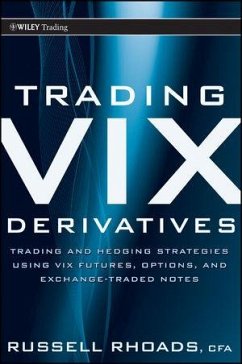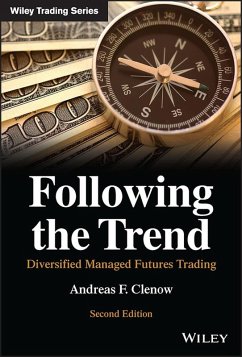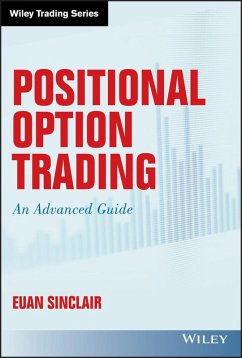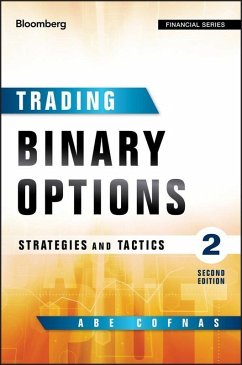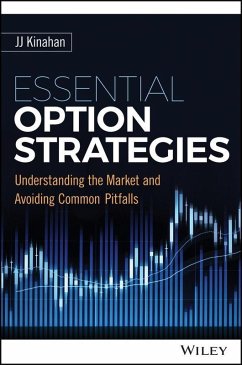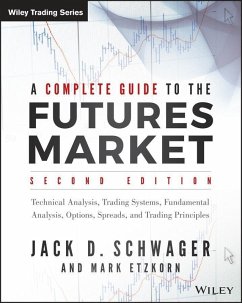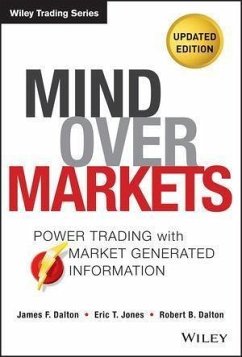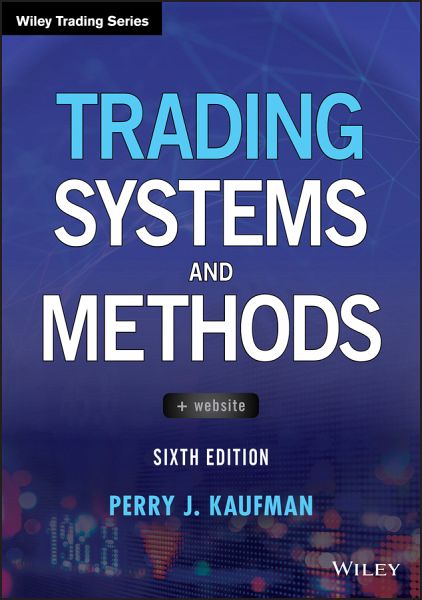
Trading Systems and Methods (eBook, PDF)
Versandkostenfrei!
Sofort per Download lieferbar
84,99 €
inkl. MwSt.
Weitere Ausgaben:

PAYBACK Punkte
0 °P sammeln!
The new edition of the definitive reference to trading systems--expanded and thoroughly updated. Professional and individual traders haverelied on Trading Systems and Methods for over three decades. Acclaimed trading systems expert Perry Kaufman provides complete, authoritative information on proven indicators, programs, systems, and algorithms. Now in its sixth edition, this respected book continues to provide readers with the knowledge required to develop or select the trading programs best suited for their needs. In-depth discussions of basic mathematical and statistical concepts instruct r...
The new edition of the definitive reference to trading systems--expanded and thoroughly updated. Professional and individual traders haverelied on Trading Systems and Methods for over three decades. Acclaimed trading systems expert Perry Kaufman provides complete, authoritative information on proven indicators, programs, systems, and algorithms. Now in its sixth edition, this respected book continues to provide readers with the knowledge required to develop or select the trading programs best suited for their needs. In-depth discussions of basic mathematical and statistical concepts instruct readers on how much data to use, how to create an index, how to determine probabilities, and how best to test your ideas. These technical tools and indicators help readers identify trends, momentum, and patterns, while an analytical framework enables comparisons of systematic methods and techniques. This updated, fully-revised edition offers new examples using stocks, ETFs and futures, and provides expanded coverage of arbitrage, high frequency trading, and sophisticated risk management models. More programs and strategies have been added, such as Artificial Intelligence techniques and Game Theory approaches to trading. Offering a complete array of practical, user-ready tools, this invaluable resource: * Offers comprehensive revisions and additional mathematical and statistical tools, trading systems, and examples of current market situations * Explains basic mathematical and statistical concepts with accompanying code * Includes new Excel spreadsheets with genetic algorithms, TradeStation code, MetaStock code, and more * Provides access to a companion website packed with supplemental materials Trading Systems and Methods is an indispensable reference on trading systems, as well as system design and methods for professional and individual active traders, money managers, trading systems developers.
Dieser Download kann aus rechtlichen Gründen nur mit Rechnungsadresse in A, B, BG, CY, CZ, D, DK, EW, E, FIN, F, GR, HR, H, IRL, I, LT, L, LR, M, NL, PL, P, R, S, SLO, SK ausgeliefert werden.




